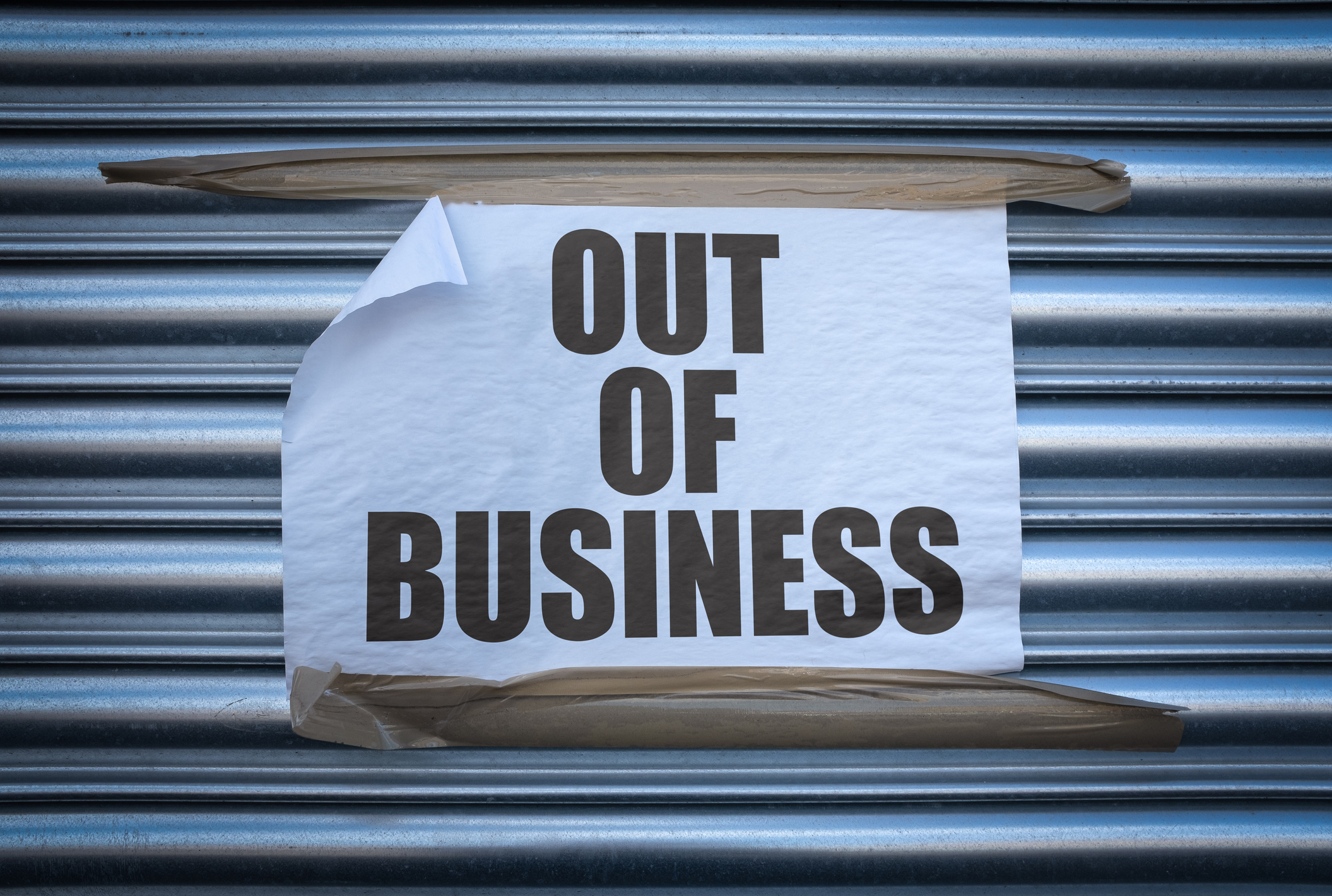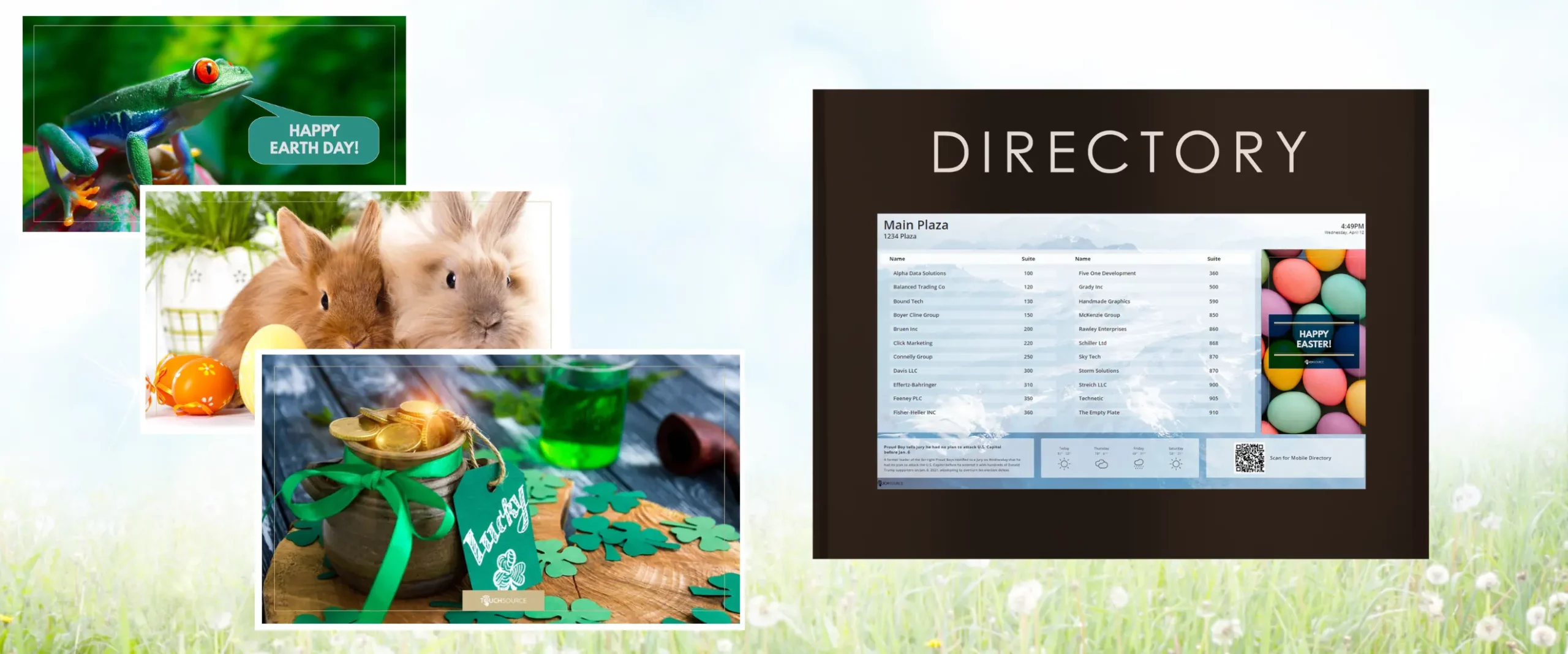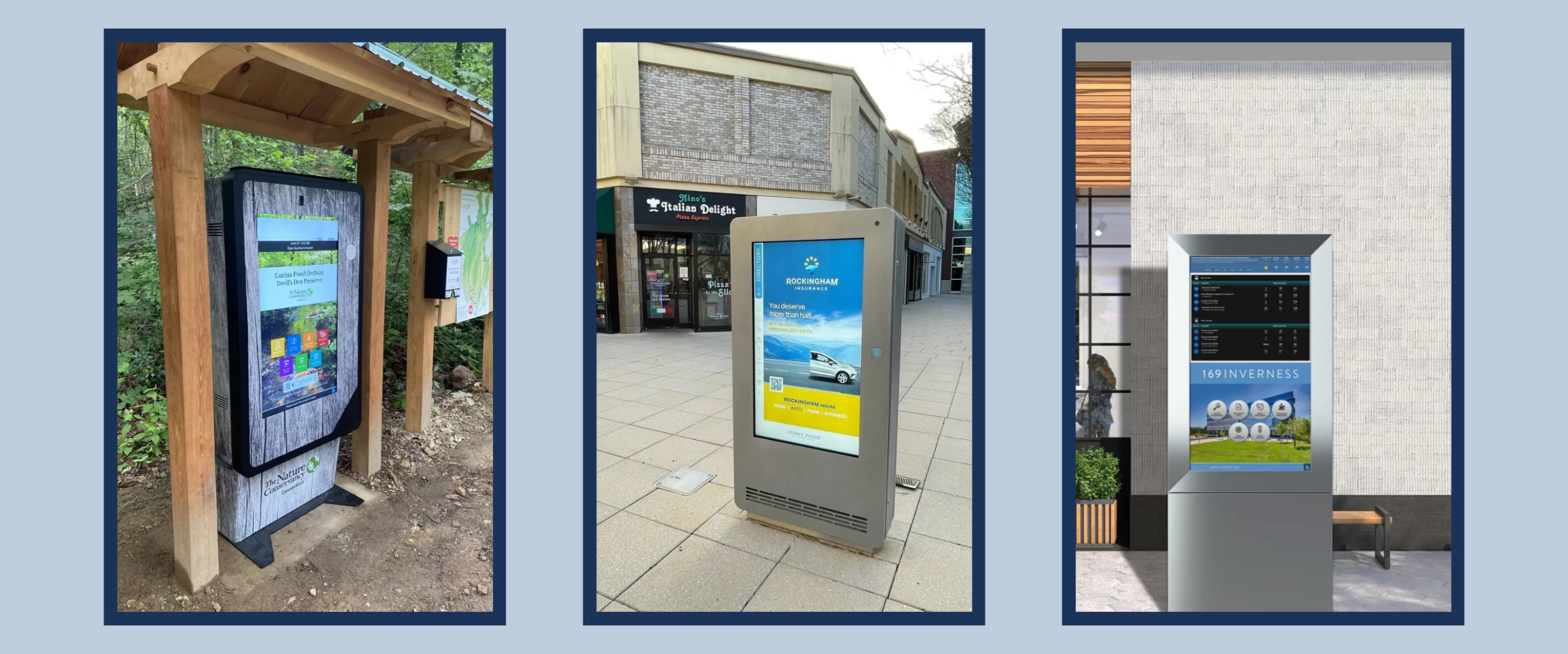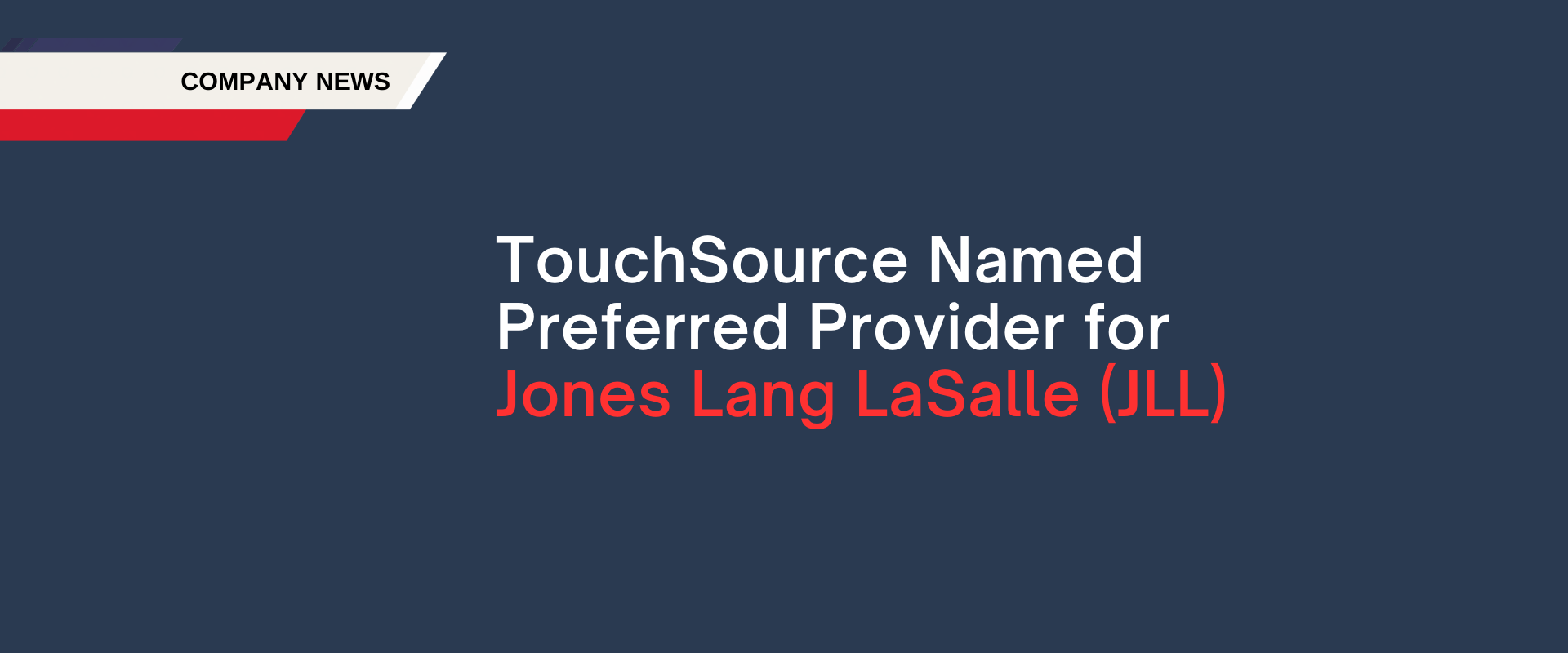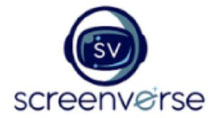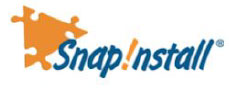3 Factors to Consider When Adding Features To Your Digital Directory
With a wide array of choices for features and content on your new digital directory, it is not surprising that many can feel overwhelmed and indecisive. We’re here to help narrow down your options and make your decision easier! Here are 3 factors to consider to determine your building’s needs:
1. INTERACTIVITY
One of the first big decisions is to determine whether the directory should be interactive or static. Best practices indicate that an interactive directory is optimal when any of the following conditions exist:
- Listing volume: After 30-40 listings on a display, it becomes more difficult for those with strained vision to accurately decipher the listings
- Wayfinding needs: A static directory has limited ability to show directions so if there is any complexity in a building (long hallways, multiple elevator banks, separate lobbies, etc), it is optimal to provide interactivity
- Visitor experience requirements: If the building has a high volume of visitors there is often a need to go beyond simple listings but also provide access to in-building and surrounding amenities, traffic, and transit information
- Security requirements: In the current security climate, it is often necessary for tenants to provide audio or visual authorization of any visitors which can be easily accomplished by integrating Voice-Over-IP or Video-Over-IP capabilities to an interactive directory
2. CONTENT
In the early days of digital directories, the units were single purpose and only provided simple listings. Now with content, it is imperative that any property manager consider content as a part of the overall tenant and visitor experience. Some questions to consider as you plan for the experience:
- Are visitors going to wait in the lobby and do you want them watching commercials on cable news or a curated news and entertainment feed on a digital display?
- Are your tenants transit users and would benefit from real-time transit updates prior to leaving the building?
- Is the building in an area in which traffic is a major concern and your tenants would value updates on the major highways or routes prior to starting their commute?
- Does the building management wish to create opportunities for marketing of amenities, advertising of local businesses, or paid-for advertising from advertising marketplaces?
3. SIZE, FORM FACTOR, AND QUANTITY
After determining the interactivity and content requirements, now it’s time to think about size and form factor. This is highly dependent on the space in which the digital directory will be deployed, but there are some questions that can help determine the answer:
- Visitor and tenant journey: Are there multiple points of entry to the building in which visitors or tenants will need access to the content? If so, it is important to map the journey of the visitor and identify the locations where a digital experience will help avoid confusion or uplift the experience.
- Walls and free-standing units: Once understanding the visitor journey, it is important to determine whether the directory should be placed on the wall or be placed in a free-standing unit. The rule of thumb is that a person can begin to read and interpret a well-designed digital sign from 20-25 feet from the sign itself. If visitors have a clear path to the digital directory on the wall and it is in their natural journey path, then a wall-mounted or wall recessed unit can be successful. If the wall will be outside of the natural customer journey, a well-designed free-standing kiosk will be more successful and much more engaging for the visitor.
- Wall Mounted Size: As the economics of displays has changed, so have the expectations for experience. For wall hanging units, 49” and 55” units are now the most common sizes in small to medium sized lobbies. For larger lobbies, 65” and 75” wall hanging units are much more effective and more common. It is increasingly rare to see smaller units as visitors and tenants are increasingly accustomed to larger displays in their personal lives as standard television sizes are increasing frequently.
- Free Standing Size: A free standing podium commands more attention than a wall mounted unit, so the size of a podium-style solution tends to be 43” or 49” inches in a fairly large lobby, however it is common to deploy multiple units. If the building management wishes to show content, marketing, or advertising in the lobby, a vertical dual-sides kiosk with a bolder 55” or 65” display is more effective as it catches the visitors eye from a farther distance and with more clarity.
- Wall Mounted vs Recessed: As architectural styles change, so do the desires for how a display will appear on a wall. Unfortunately, these aren’t objective questions, but rather subjective to the design and aesthetic of the building, however there are some clues to that can help in the decision-making process:
- Wall surface: If the walls are made of materials such as marble, stone, or something highly customized, you will want to limit the amount of cutting needed and focus on a wall mounted unit.
- Existing directory: If there is an existing strip or manual directory, the impulse will be to fit in the same space. Those instincts can sometimes add cost and complexity to simple projects. Often procuring a slightly oversized wall hanging display can cover the hole left by the existing directory without requiring a larger construction project.
- Cost: Recessed directories often have customization to fit a hole or increased construction to create a hole. This can create a very slick “flat” look to the space, but can also add considerable cost and time to a project
For many property managers, they are purchasing a digital directory for the first time and won’t purchase another for many years. The information you display is critical to how effective your directory will be for your tenants and visitors’ needs. Our expert consultant are here to make this process as quick and simple as possible.

